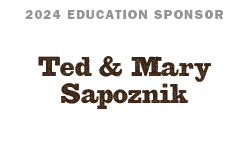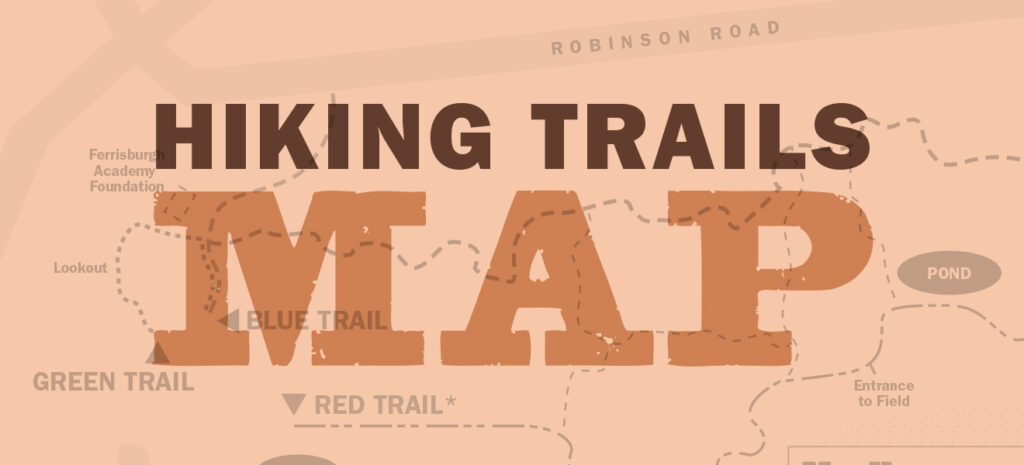FAQ
The Robinsons began calling their home Rokeby after a best-selling novel of that name by Sir Walter Scott. Scott set his story of an epic battle at Rokeby Park, the home of his good friend J.B.S. Morritt in England’s County Durham. The house, a spacious and elegant Palladian-style villa, was designed and built by Sir Thomas Robinson, a gentleman architect, between 1725 and 1730. They shared a name, but Vermont’s Robinsons are not related to Sir Thomas Robinson as far as we know. And Vermont’s Rokeby is not the only one. Folks around the world took to calling their homes Rokeby after the famous novel; there are Rokebys in Ireland and Australia and in New York and South Carolina. You can learn more about the original Rokeby here http://www.rokebypark.com/
The original house at Rokeby was built by the property’s first owners, Preserved and Deborah Dakin, in the late 1780s. Thomas Richardson Robinson added the large Federal style front block in 1814, more than doubling the size of his home.
Where did the Robinsons hide fugitive slaves?
Visitors to Rokeby usually assume that fugitive slaves were in hiding at Rokeby, but that’s not the case. Letters documenting runaway slaves sent to Rokeby make it clear that Vermont was a safe haven. Some of the fugitives at Rokeby — like Jesse who’s featured in our new exhibit — stayed for months working on the Robinson’s farm. We can show you a room where Jesse very likely slept.
When did Rokeby become a museum?
Elizabeth Donoway Robinson, the last member of the family to live at Rokeby, established the Museum in her will in 1961. She left more than 100 acres of land, ten historic farm buildings, the house, and thousands of objects to engage and educate future generations.
Yes, Rokeby Museum is a registered 501c3 nonprofit.
Where are the Robinsons buried?
Most of the Robinsons who were born and raised at Rokeby are buried near each other in one section of the Union Cemetery on Middlebrook Road in Ferrisburgh.
How many sheep did the Robinsons have?
Thomas Richardson Robinson was one of the first Americans to import Merino sheep from Spain — in 1810. He paid $485 for a single full-blooded ram — that’s between $8 and $11,000 today! Eventually, his flock numbered about 1,500.
The Robinsons had several family names they used again and again over the generations — Thomas, Ann, Rachel, and, especially, Rowland. It is pronounced with an “ow” sound, as in how, not with a long o as in tow. The first Robinson who emigrated from England in 1675 was named Rowland, as were dozens more after him.
Are there Robinson descendants still living?
Yes! The closest Robinson descendant is the granddaughter of Mary Robinson Perkins, who was in the last generation born at Rokeby. Ann Robinson Minturn (1827–1917) has several generations of relatives who descended from her daughter Frances Minturn Seymour. And Abigail Robinson Hoag (1789–1855) had ten children, who had many more children — all descendants of the Rokeby Robinsons. Most of the Hoag descendants were born in the Midwest.




 Rokeby Museum
Rokeby Museum




